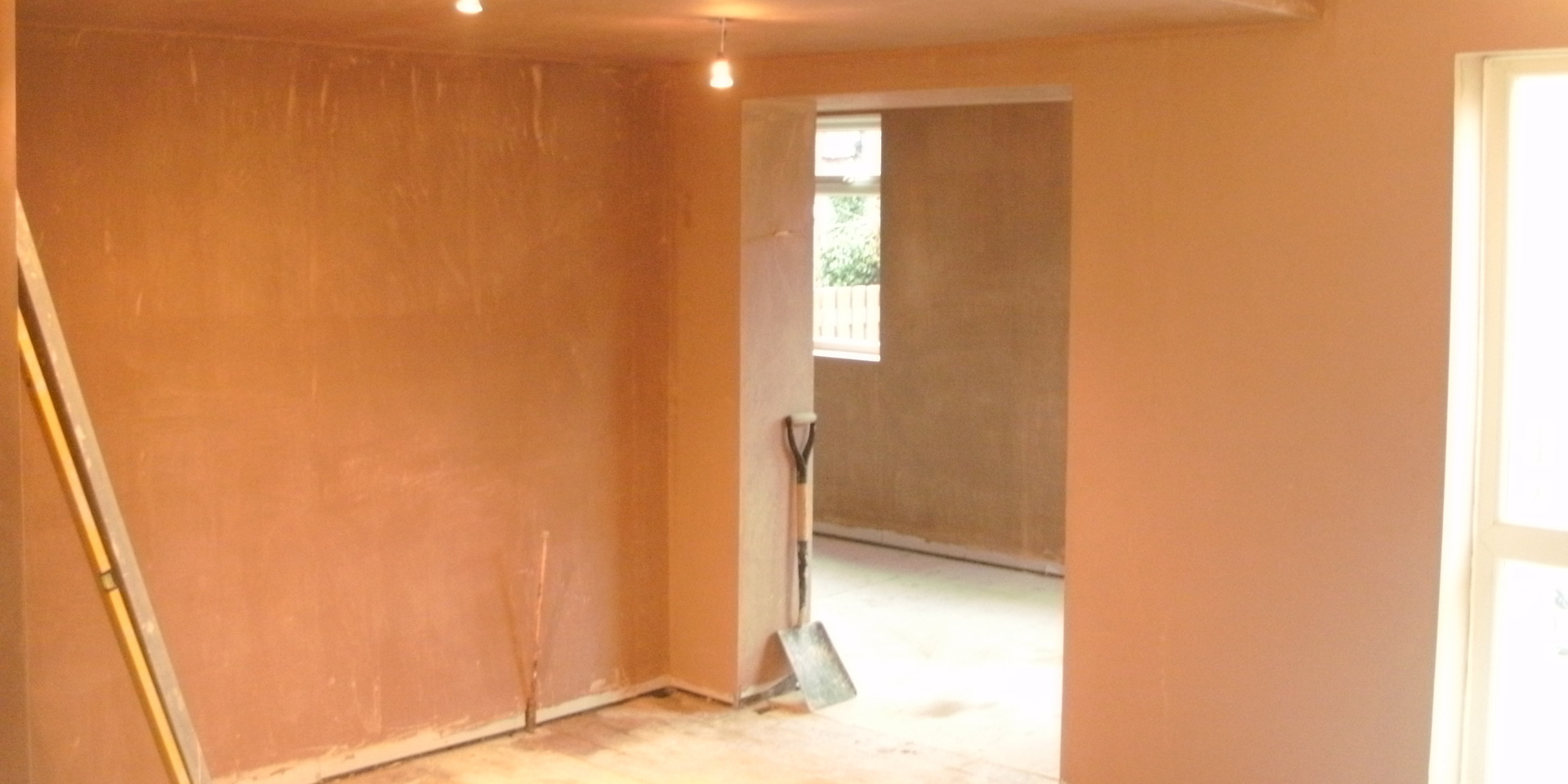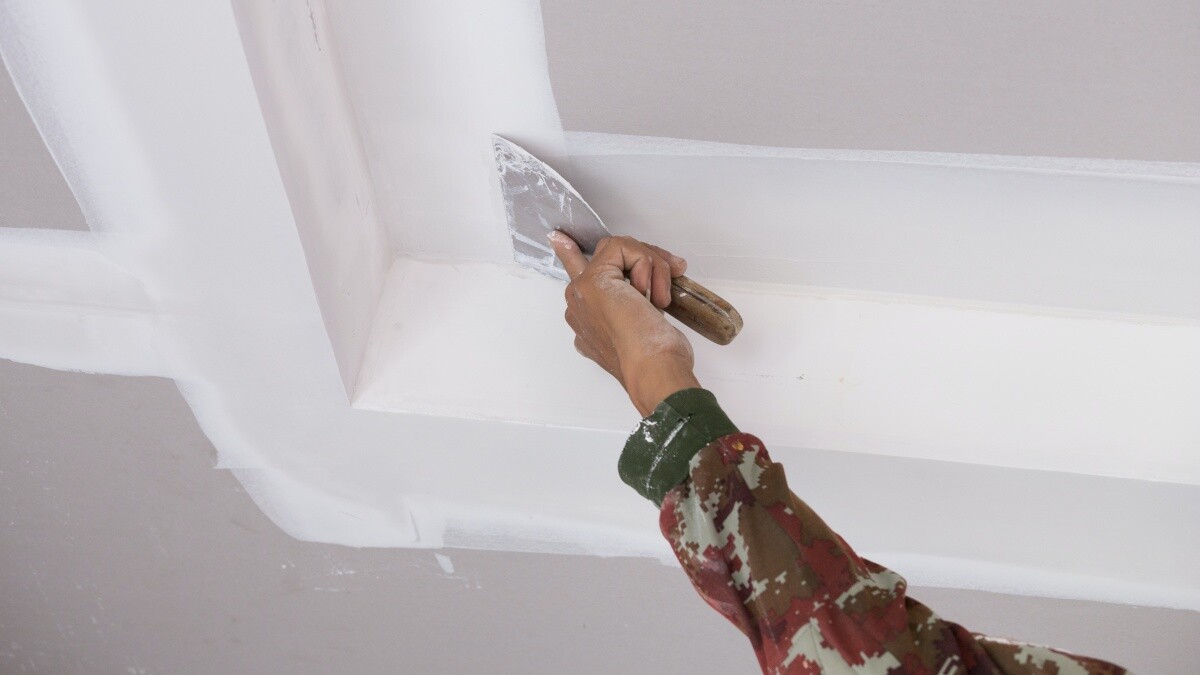Plastering Providers Near Me: Find Trusted Regional Plastering Experts
Plastering Providers Near Me: Find Trusted Regional Plastering Experts
Blog Article
Recognizing the Crucial Techniques of Plastering for Home Renovation Projects
In the realm of home improvement, understanding the important methods of smudging can considerably boost both the functionality and visual charm of a space. Various methods exist, each tailored to details applications, whether for bring back historic stability or improving insides. The plastering procedure includes critical points, from careful surface area prep work to the specific application of materials. Understanding these foundational components is crucial, yet lots of homeowners ignore typical pitfalls that can weaken their initiatives. As we check out these techniques better, the subtleties of accomplishing a flawless coating will become significantly evident.
Sorts Of Smudging Strategies
Although different gluing techniques exist, each offers a distinct purpose and supplies distinct aesthetic top qualities. One of one of the most typical techniques is typical lime plastering, which is recognized for its breathability and flexibility. This technique is especially advantageous for older structures, permitting wetness to escape while keeping structural stability.
An additional extensively utilized technique is gypsum plastering, which involves the application of a quick-setting compound. It gives a smooth surface and is excellent for indoor wall surfaces and ceilings, making it a prominent selection in modern building. For a much more distinctive look, trowel-on plastering strategies such as stucco and Venetian plaster are usually used. Stucco, frequently made use of in outsides, supplies longevity and climate resistance, while Venetian plaster is renowned for its luxurious, polished surface.
Additionally, there are extra specialized techniques, such as skimming, which is a process that entails using a thin layer of plaster over existing surface areas to create a smooth surface. Each of these strategies can significantly influence the total aesthetic and capability of an area, making it important to pick the suitable technique based upon the particular needs of a task.

Tools and Materials Needed

Crucial devices and materials are crucial for successful plastering, making certain both effectiveness and top quality in the application process. A detailed plastering toolkit generally includes a hawk, trowels, and a float. The hawk functions as a system to hold the plaster, while the trowels, offered in numerous dimensions, are important for application and smoothing. A float, typically constructed from rubber or sponge, is utilized to attain a consistent surface.

Safety gear can not be ignored; safety and security safety glasses, handwear covers, and masks are crucial to guard versus dirt and particles. Finally, a tough ladder may be required for reaching greater areas, making certain safety and security while working at elevation. Investing in high-quality devices and materials ultimately adds to a much more effective plastering job, yielding a sturdy and aesthetically pleasing finish. Appropriately geared up, you lay the groundwork for efficient plastering and home improvement.
Step-by-Step Plastering Process
With the right devices and materials in hand, the following stage includes executing the gluing procedure with accuracy. Begin by preparing the surface to guarantee optimum bond. Remove any type of loose particles, dirt, or old plaster, and use a bonding agent if necessary.
Once the surface is prepped, blend the plaster according to the supplier's guidelines, attaining a smooth, lump-free uniformity. Making use of a trowel, apply the first coat, referred to as the scratch coat, to a density of regarding 5-10 mm. Make sure uniform protection, and use a comb or scratcher to produce grooves for better bond of succeeding layers.
After enabling the scratch layer to establish partially, apply the 2nd coat, or the brown coat, smoothing it out for an also coating. Use the completing layer, which ought to be thinner and smoother.
When the plaster has actually dried out thoroughly, it can be fined sand gently to remove imperfections. Comply with up with a guide before paint for a polished final look.
Typical Blunders to Prevent
Falling short to identify typical Get the facts blunders can dramatically impact the high quality of your plastering project. One regular mistake is insufficient surface area preparation. Failing to clean and prime the surface area can cause inadequate bond, causing fractures and peeling. In addition, disregarding to fix any underlying issues, such as moisture or structural damage, can compromise the plaster's honesty.

Timing is also crucial; numerous unskilled plasterers rush the application. Allowing the first layer to dry totally prior to using succeeding layers is vital to prevent extreme splitting and shrinking.
On top of that, not utilizing the right tools can impede the ending up procedure. Making use of trowels that are as well big or tiny can affect your control and the smoothness of the surface - Plastering. Finally, disregarding ecological conditions, such as temperature level and humidity, can lead to irregular drying and unsatisfactory results. By being conscious of these typical pitfalls, you can improve the effectiveness and durability of your plastering job.
Tips for Finishing Touches
Attaining a flawless finish in plastering requires focus to information and a few critical methods. When the initial application has actually dried, begin the finishing process by utilizing a wet sponge or trowel to ravel any type of blemishes. This step not just improves the surface but additionally aids to remove any kind of excess plaster that may have dried out erratically.
Following, take into consideration using a fine-grit sanding block or pole sander for an extra refined look. Sanding should be done carefully to prevent harming the underlying layer - Plastering. Constantly put on a mask to use this link shield versus dirt breathing
After sanding, evaluate the surface area under various lighting problems to determine any type of missed areas or variances. Apply a thin layer of completing plaster if required, feathering out the edges to mix perfectly with the surrounding location.
Verdict
Finally, understanding crucial plastering strategies significantly improves the quality of home renovation jobs. Recognizing the different kinds of gluing methods, using ideal tools and products, and adhering to an organized application process contribute to attaining a smooth and resilient coating. By staying clear of common blunders and executing complements properly, the overall visual appeal and functionality of remodelled spaces are guaranteed. These methods eventually cause successful and rewarding home enhancement results.
In the world of home improvement, mastering the important techniques of gluing can significantly enhance both the performance and visual allure of a room.Although various gluing methods exist, each serves a distinct objective and supplies distinct visual qualities. Plastering. For a more distinctive appearance, i loved this trowel-on plastering methods such as stucco and Venetian plaster are usually employed. Stucco, commonly used in exteriors, supplies sturdiness and climate resistance, while Venetian plaster is renowned for its lavish, sleek coating
Frequently used plaster kinds consist of gypsum plaster, lime plaster, and cement-based plaster, each serving various functions and settings.
Report this page